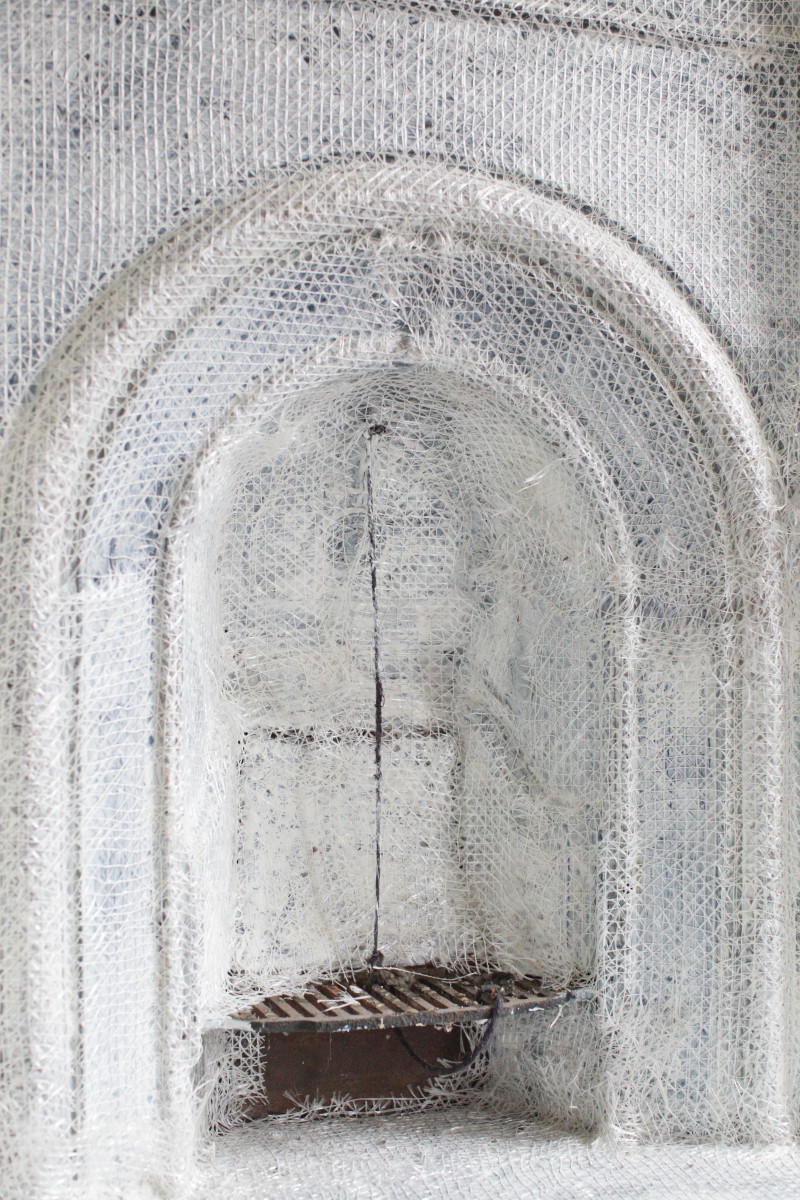Guest editors: Naomi House & Francesca Murialdo
Interiors – both public and private – can be invisible to the eye, hidden from view for many reasons, either by chance or as a deliberate act of concealment. There are interiors that are lost - invisible because they no longer exist in a physical form; erased, all traces of inhabitation removed; or forgotten, lacking a way of voicing their material and immaterial value. Others are shielded from public view because they are buried beneath the surface, sealed off, or locked in - too sensitive, important or fragile for inhabitation. Further there are also some typologies of building that negate the essence of the interior – that is, the capacity to allow exchange between people and space.
Issue #4 of IE:Studio explores the range of interpretations that emerge from the investigation of these hidden, invisible and erased spaces. Nowadays digital technologies provide us with pseudo surgical tools through which to record, document, extract and reproduce interiors that are threatened, hidden or concealed but what are the tactics and the tools we adopt to unpick, read and reassemble the multiple layers of matter, material and immaterial, that are embedded within the fabric of the interior? What happens when we encounter content and data that poses ethical and political questions? And in the uncovering of such interiors are we aestheticising trauma rather than simply unpicking the truth? Can the increased scrutiny of what lies beneath the surface of the interior, give spaces their own agency beyond human inhabitation?
Issue #4 is interested in studio briefs that question and expose the range of positions in relation to lost and hidden interiors, and what happens when these spaces are restored to the public gaze, literally and/or metaphorically.
Areas of interest may include (but are not limited to):
- ways of detecting and defining invisibility
- existing practices for documenting and interpreting hidden and concealed spaces and events.
- experiments in compiling and scrutinising the evidence presented by constructing narratives of the hidden and concealed.
- projects that explore how the designer operates as a mediator/translator/interpreter of the hidden.
Please submit a 250-word abstract with one key image in the attached pro forma, to editors@interioreducators.co.uk by January 7th 2019 for consideration. Successful contributors will be contacted by January 21st 2019 with final texts to be submitted by 4th March 2019. Publication date June 2019. A full paper is 2000-2500 words or you might choose to submit an 800 word picture essay.
Important: All papers published in IE:Studio must be illustrated. Authors must own, or have explicit permission to reproduce, any images supplied. Any paper which is illustrated by images which are not accompanied by permission for reproduction may be rejected. It is incumbent upon authors to obtain permissions, and present the editors with evidence of that permission.

